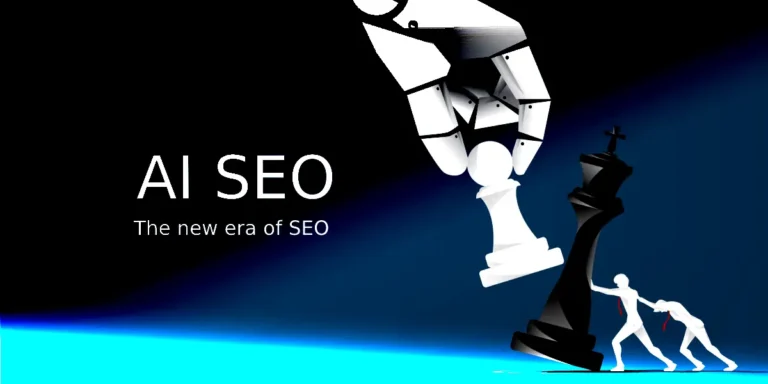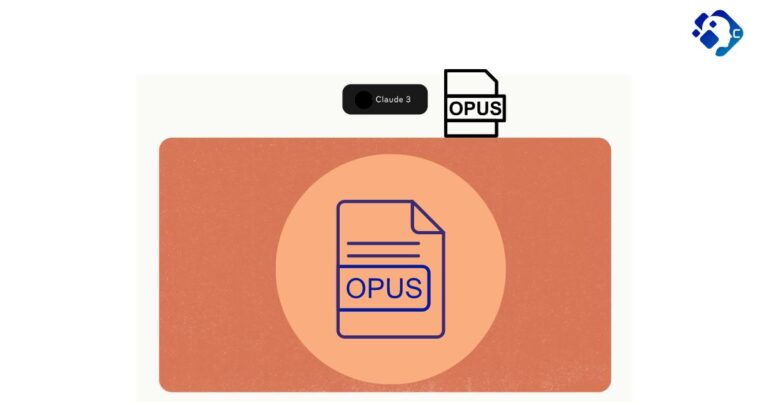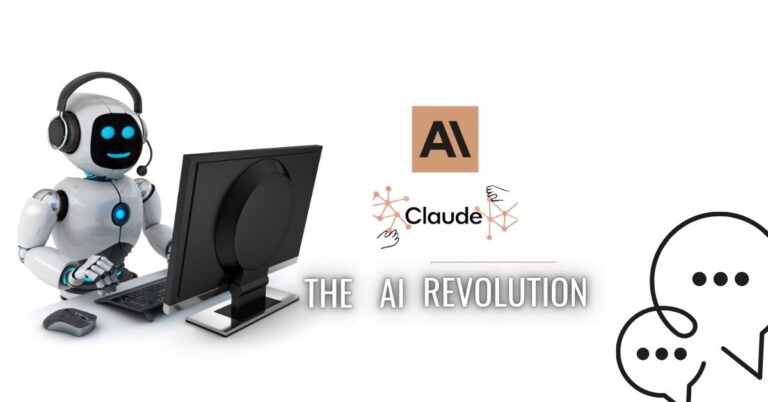AI and SEO: Balance Between Evergreen and Trending Content
Creating effective content that drives traffic is crucial for any robust digital marketing strategy. Yet, many content marketers grapple with whether to focus on evergreen content—articles that maintain their relevance over time—or trending content, which taps into the latest topics and trends. This decision becomes even more complex with the integration of AI, which can enhance both SEO and SEM strategies. AI tools can help identify trends, optimize content, and analyze performance, making it essential to understand how to balance these approaches.
In this post, we’ll explore the benefits and challenges of evergreen versus trending content and how leveraging AI can help you strike the right balance. We’ll also discuss strategies to optimize both types of content for SEO and SEM to boost both immediate and long-term search visibility.

What Is Evergreen Content?
Evergreen content consists of articles, blog posts, or other media that retain their relevance and value over time. Unlike trending content, which captures the moment’s interest, evergreen content focuses on topics that remain useful and informative long after publication. For example, a detailed guide on “how to create a content marketing strategy” provides lasting value and continues to attract readers for years.
Examples of evergreen content:
- How-to guides
- Product reviews
- Lists of best practices
- Industry definitions
- Comprehensive tutorials
By utilizing AI tools to optimize for SEO, you can enhance the effectiveness of evergreen content. This enduring approach not only ensures sustained traffic but also strengthens your SEO strategy by continually drawing in visitors who find your content relevant and valuable.
Benefits of Evergreen Content
Evergreen content offers several advantages that make it a cornerstone of any content marketing strategy, especially when enhanced by AI tools and SEO techniques:
1. Long-Term SEO Benefits
Evergreen articles often rank well in search engines due to their ongoing relevance. By leveraging AI-driven SEO tools to optimize these pieces, you can ensure they continue to perform well over time, attracting consistent traffic with minimal need for updates.
2. Consistent Traffic
As your evergreen content gains visibility, it can accumulate traffic over time, often surpassing the short-term spikes generated by trending content. The “snowball effect” of evergreen content, combined with AI analysis of search trends, helps maintain and grow this steady flow of visitors.
3. Content Repurposing
Evergreen content’s adaptability is a significant benefit. AI tools can assist in identifying opportunities for repurposing, such as updating with new insights, converting it into different media formats, or expanding on related topics. This continuous optimization helps increase the content’s value and relevance.
Drawbacks of Evergreen Content
While evergreen content is a crucial part of a content strategy, there are some drawbacks, particularly in the context of AI and SEO:
1. Competitive Space
Because evergreen content aims to be relevant for a long time, many other websites may also produce similar pieces. Leveraging AI-powered tools for competitive analysis can help identify unique angles and optimize your content to stand out in a crowded space.
2. Slow to Build Traffic
Evergreen content can take time to gain traction in search engines. Unlike trending topics that might provide immediate traffic spikes, evergreen content often requires months or even years to build substantial traffic. Using AI to analyze search patterns and SEO trends can help accelerate this process by refining your content strategy.
3. Requires Regular Updates
To maintain its effectiveness, evergreen content needs occasional updates to ensure accuracy and relevance. AI tools can assist in monitoring content performance and identifying when updates are needed, preventing your articles from losing search engine rankings over time.
What Is Trending Content?
Trending content capitalizes on current events, news, and viral topics to capture immediate interest. This type of content is designed to leverage the latest trends and topics that are currently engaging audiences.
Examples of trending content:
- News articles
- Opinion pieces on viral topics
- Reviews of newly launched products
- Commentary on industry trends
- Event recaps
Trending content can drive rapid traffic by tapping into what people are actively searching for. To optimize this type of content for SEO, using AI tools to analyze search trends and predict emerging topics can enhance its effectiveness. However, it’s important to note that while trending content can yield quick results, its relevance and traffic potential often have a shorter lifespan compared to evergreen content.
Benefits of Trending Content
Trending content can provide several powerful benefits, particularly when it comes to driving traffic in the short term:
1. Quick Traffic Spikes
Trending topics capture immediate attention, leading to rapid traffic growth. By leveraging AI tools to identify and predict trending subjects, you can quickly create content that aligns with current search behaviors. This is especially advantageous for product launches, promotions, or generating swift engagement.
2. High Social Media Shareability
Content that taps into trending topics is more likely to be shared on social media due to its relevance and timeliness. AI-driven insights into trending hashtags and keywords can help optimize content for maximum shareability, boosting visibility across social platforms and enhancing your brand’s presence.
3. Boosts Website Activity
Trending content often increases site engagement, as visitors are more inclined to explore related articles and stay longer on your site. By using AI to analyze user behavior and preferences, you can tailor trending content to improve metrics such as session duration and bounce rates, which can indirectly benefit your overall SEO strategy.

Drawbacks of Trending Content
Despite its short-term advantages, trending content has several drawbacks that can impact your SEO and overall content strategy:
1. Short Lifespan
Trending content typically has a brief period of relevance. Once the trend loses momentum, traffic to that content can decline rapidly. Leveraging AI tools for trend analysis can help you anticipate and adapt to trends more effectively, but even the best predictions may not prevent the inevitable drop in relevance.
2. Inconsistent Traffic
The traffic spikes from trending content can be erratic and difficult to maintain. The initial surge often diminishes quickly, leading to fluctuating traffic patterns. AI-powered analytics can help track these trends and predict potential peaks, but the inherent unpredictability remains a challenge for stable traffic growth and SEO consistency.
3. Requires Constant Production
Capitalizing on trends necessitates frequent content creation, which can strain resources and divert attention from long-term content strategies. Utilizing AI to streamline content generation and identify trends can alleviate some of the burdens. However, the need for continuous output can still detract from focusing on evergreen content that supports long-term SEO goals.
Balancing Evergreen and Trending Content for SEO Success
To harness the strengths of both evergreen and trending content effectively, it’s crucial to strike the right balance. Here’s how to develop a strategy that integrates AI and SEO to maximize benefits:
1. Prioritize Evergreen Content as Your Foundation
Build your content strategy around evergreen content, which provides sustained value over time. Use SEO tools and AI-driven insights to create high-quality, informative pieces that rank well consistently. Ensure these articles are keyword-optimized and periodically updated to maintain their relevance and search engine visibility.
2. Use Trending Content to Drive Short-Term Traffic
While evergreen content supports long-term SEO, trending content can generate immediate traffic spikes. Leverage AI to identify and capitalize on current trends within your industry. For example, if a new regulation impacts your niche, create a timely post and utilize SEO best practices to optimize it. Ensure that trending content complements your evergreen content, rather than overshadowing it.
3. Link Trending Content to Evergreen Pieces
Enhance the value of your trending content by linking it to your evergreen articles. For instance, if you cover a trending topic like a new product launch, link it to a detailed, evergreen guide about the product’s use or benefits. This strategy leverages AI to analyze user behavior and helps improve SEO through internal linking, driving sustained traffic to your core content.
4. Monitor SEO and SEM Performance
Regularly track the performance of both evergreen and trending content using AI-powered SEO and SEM metrics. Analyze which content types are driving traffic and conversions. Adjust your strategy based on these insights to optimize your content mix. AI can help identify patterns and predict trends, offering opportunities to create new evergreen content from trending topics.
5. Repurpose Trending Content for Long-Term Use
Don’t let trending content lose value once the trend fades. Use AI to analyze the performance and potential of trending pieces, then repurpose them into evergreen content with in-depth analysis or broader industry insights. This approach not only maximizes the value of your content but also streamlines future content creation efforts.
Conclusion
Striking the right balance between evergreen and trending content is essential for optimizing SEO and achieving sustained digital marketing success. Evergreen content ensures a steady flow of long-term traffic by maintaining relevance over time, while trending content offers opportunities for quick engagement and visibility.
By leveraging AI and SEO tools, you can enhance both strategies: use AI to identify and act on trends while optimizing evergreen content to remain competitive. Linking trending content to evergreen articles boosts your site’s overall SEO performance and user engagement. Regularly monitor and adjust your content strategy based on AI-driven insights to stay ahead in the dynamic digital landscape.
This balanced approach not only maximizes short-term gains but also builds a solid foundation for long-term growth, ensuring that your content remains effective and relevant in an ever-evolving market.






